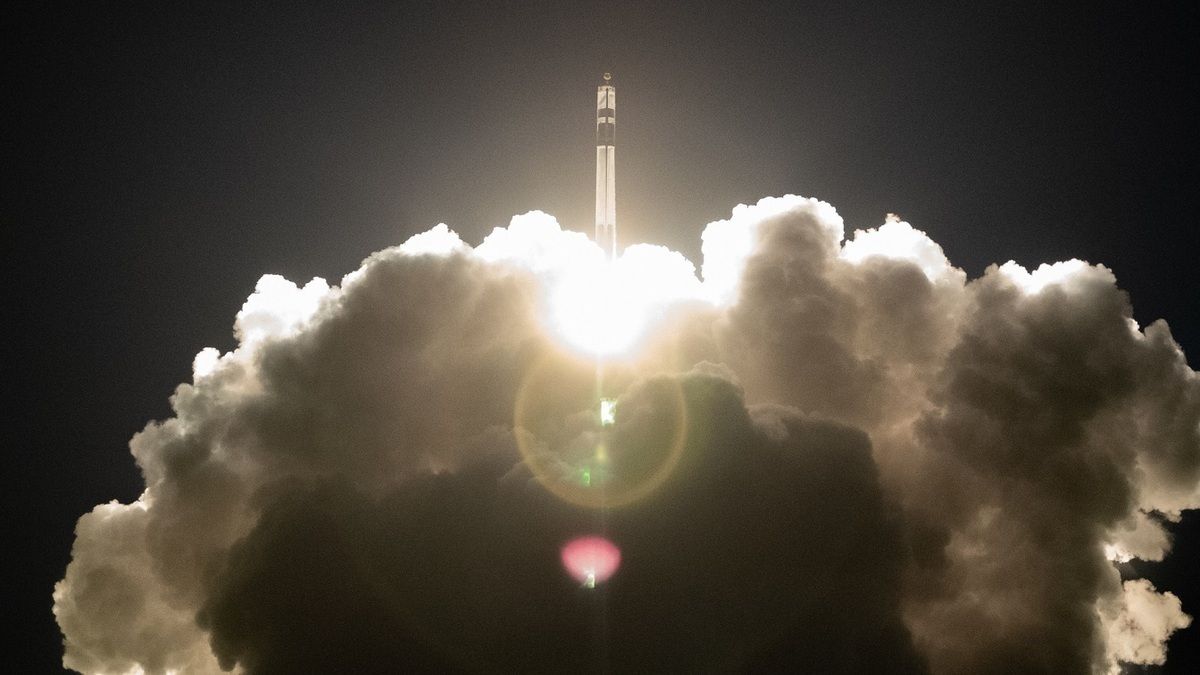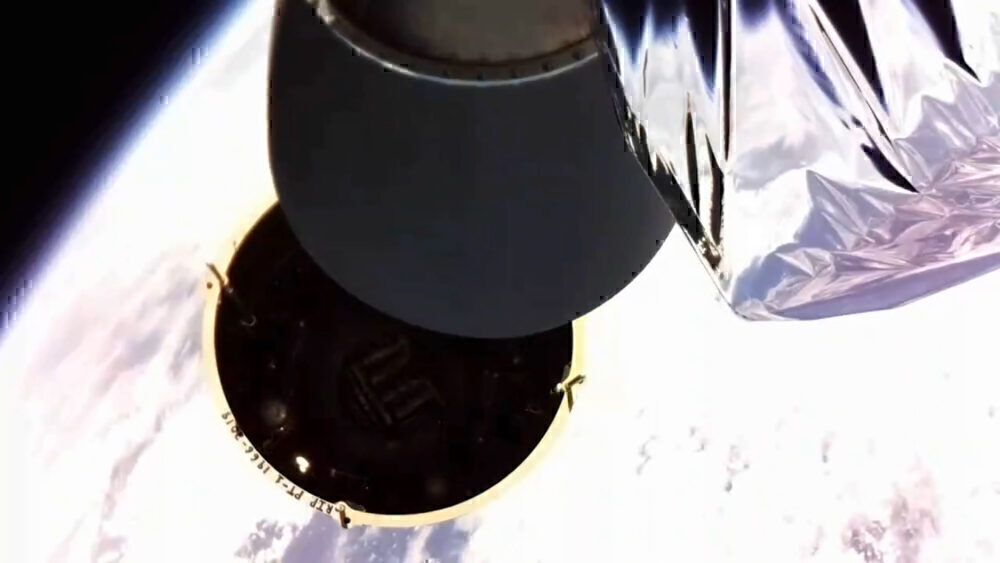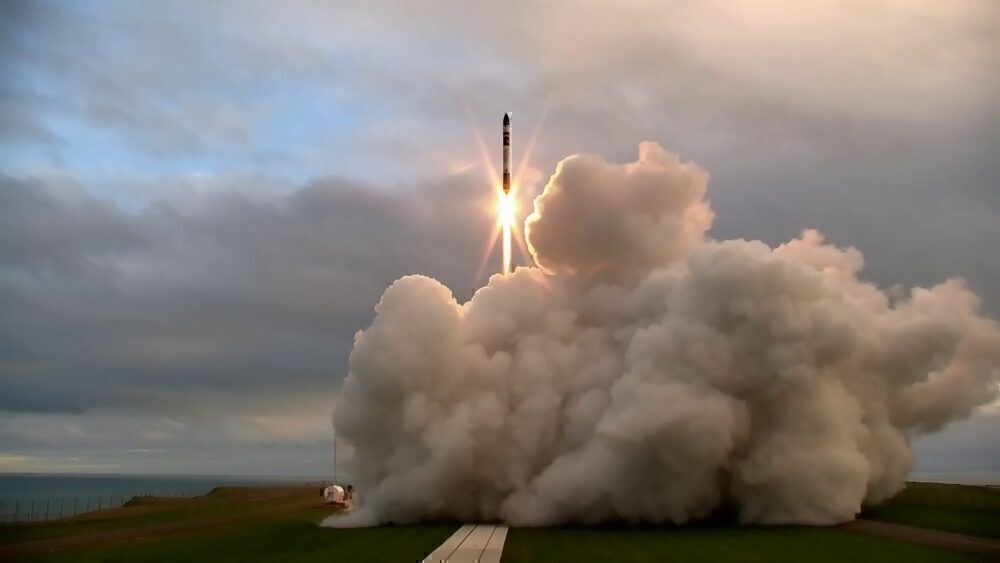The Federal Aviation Administration (FAA) has updated the way it manages commercial space transportation launches and reentries. The aviation regulatory agency has just published its final rules on streamlined launch and reentry licensing requirements. At 785 pages, it's no easy read. But keep reading to cover the key points.
"This rule paves the way for an industry that is moving at lightning speed,” said FAA Administrator Steve Dickson.
A move to simply regulation around launches and reentries
The new rules specifically deal with launches and reentry. Previously, there were multiple regulatory parts covering launches and reentry. That is now streamlined into one regulatory part (Part 450). The new rule will let the aerospace industry continue to innovate and grow, all while maintaining public safety.
Last year, there were 102 space launches around the world. Most (66) were low earth orbits. Nine of the launches were medium earth orbits. Twenty-four of the launches were geosynchronous orbits (a geosynchronous orbit is a high Earth orbit that allows satellites to keep pace with the Earth's rotation).
A further two of the launches were high earth orbits or lunar transfers. Finally, one launch was a heliocentric orbit. A heliocentric orbit usually involves heading towards the sun.
Stay informed: Sign up for our daily aviation news digest.
About one-quarter of space launches come out of the United States
Of those 102 launches, 27 launches either originated in the United States or were launches elsewhere initiated by US-based space businesses. Cape Canaveral hosted thirteen launches. Three launches originated at the Kennedy Space Center. Three launches originated from the Vandenburg Air Force Base in California, and two launches came from the Mid Atlantic Spaceport.
There were also several Rocket Lab small satellite launches from the Rocket Lab's Launch Complex on New Zealand's North Island. Because Rocket Lab is headquartered in California, its New Zealand launches were technically considered United States launches and become subject to many of the FAA rules.
U.S. Transportation Secretary Elaine L. Chao said in a statement seen by Simple Flying;
"This historic, comprehensive update to commercial space launch and reentry licensing requirements facilitates greater growth in this industry and helps America to maintain our number one position in the world."
A simplified licensing process for space operators
The new rules improve efficiency by encouraging launch and reentry operators to suggest and implement design and operational solutions to meet the regulatory standards.
“We are simplifying the licensing process and enabling the industry to move forward in a safe manner,” says Mr Dickson. In a nutshell, the new licensing application process will allow;
- A single operator’s license available for use to support multiple launches or reentries from potentially multiple launch site locations;
- Early review when applicants submit portions of their license application incrementally;
- Applicants to negotiate mutually agreeable reduced time frames for submittals and application review periods;
- Applicants to apply for a safety element approval with a license application, instead of needing to submit a separate application;
- Additional flexibility on how to demonstrate high consequence event protection;
- Neighboring operations personnel to stay during launch or reentry in certain circumstances; and
- Ground safety oversight to better fit the safety risks and reduce duplicative requirements when operating at a federal site.
The new rule doesn't come into effect quite yet. The FAA will initially seek public comment for 30 days, and the rule will come into force 90 days after publication in the United States' Government Register. It is a move to simplify a complex environment and see the United States and its burgeoning space business grab a bigger share of the space market,



